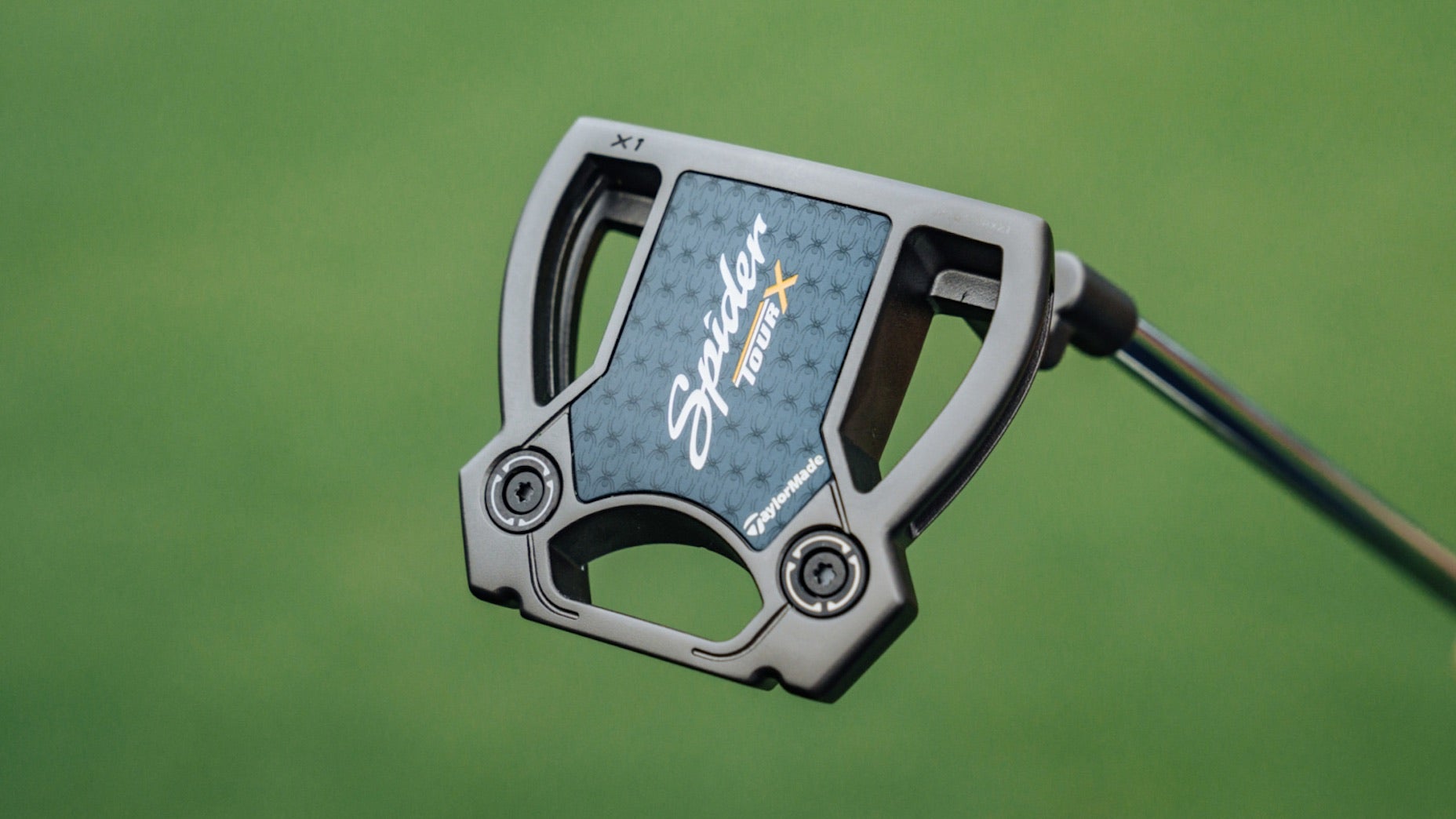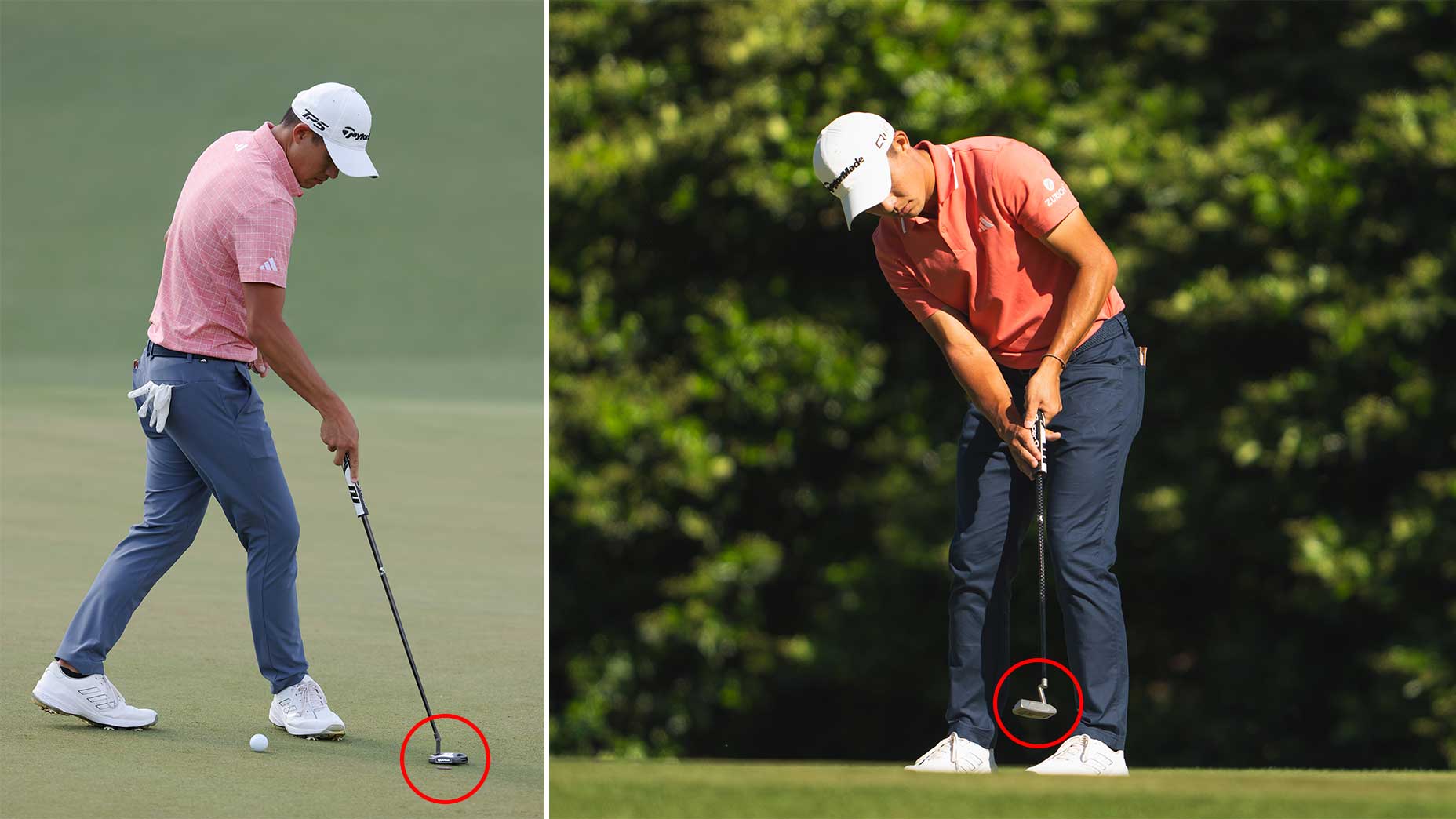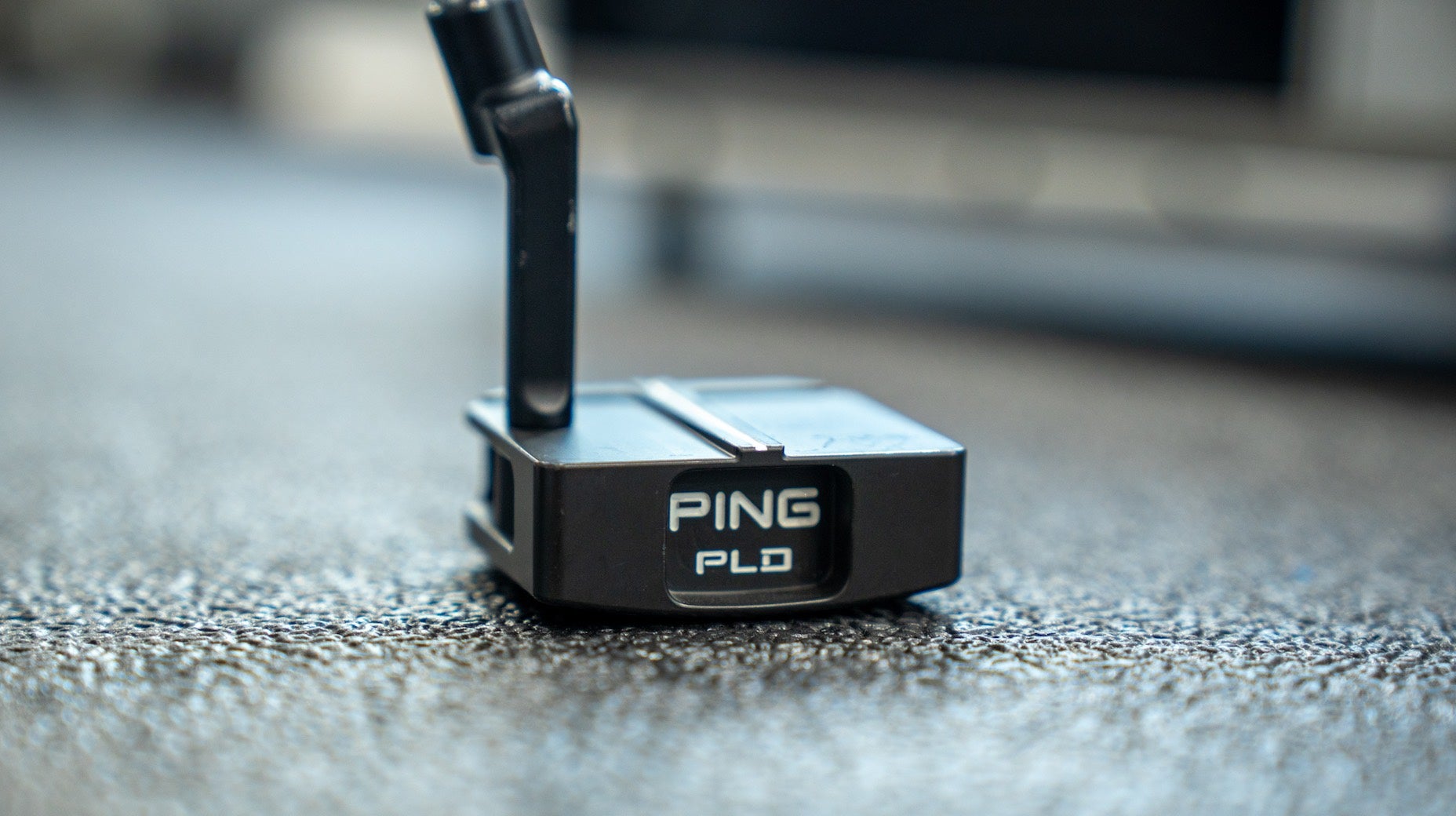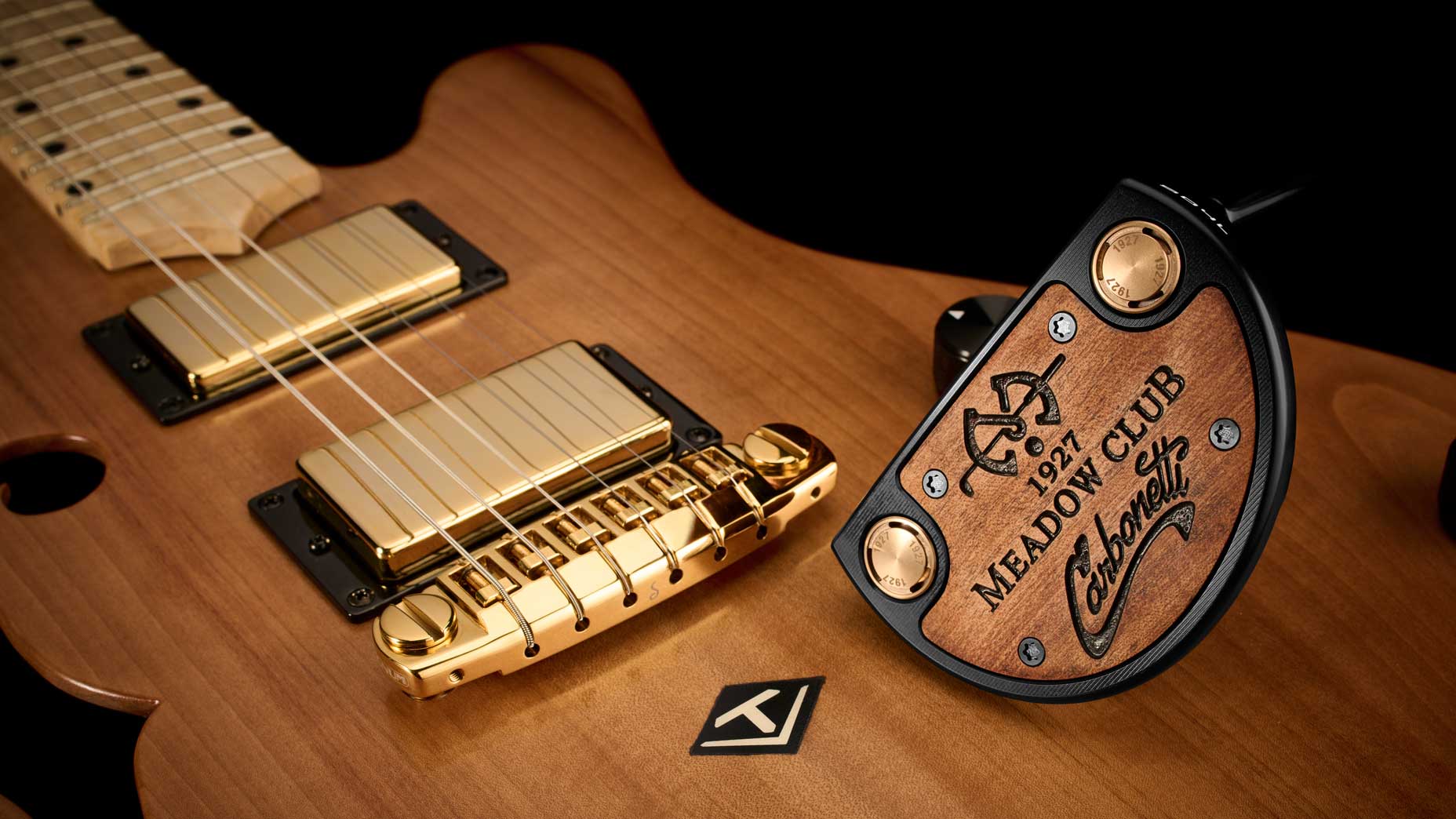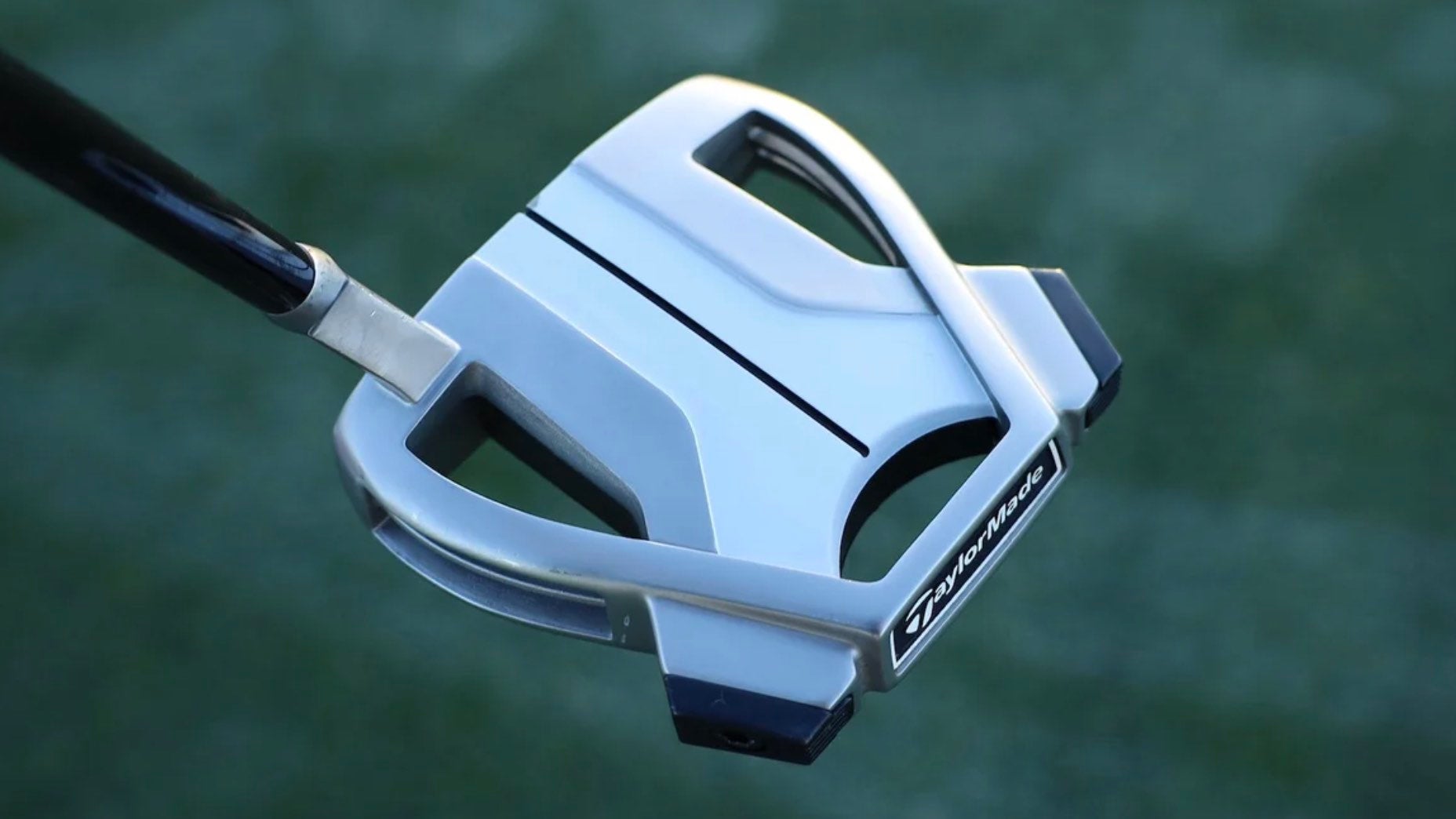3 things you need to consider when conducting a putter search

Don't leave these things to chance when searching for a new putter.
Jonathan Wall/GOLF
The search for a new putter can go a number of different ways. You can pursue the rack at the local golf shop, roll a few putts and take a chance on something that might (or might not) work. The more expensive route involves undergoing an extensive fitting with high-speed cameras and a multitude of head options geared for your visual and performance preferences. Both have proven to be successful.
It’s true a fitting gives golfers a fighting chance in their quest for the perfect bag setup, but let’s be real: More than any other club, the putter is a fickle beast. It works one week and goes missing the next. As much as we’d like to admit we have a solid handle on the flatstick, sometimes there’s no rhyme or reason for putter performance.
To be clear, this doesn’t mean we’re all searching in the dark. Checking out the latest putters on the rack may introduce you to a head shape you’ve never seen before, while a fitting can point out any issues with your current gamer and give you plenty of food for thought.
With that in mind, there are ways to ensure you have a better-than-good chance of landing a serviceable putter. Before you make the trek to a golf shop or fitting studio for a new putter, take these three things into consideration.
What’s your stroke type?

Of all things that can get your putting on track, matching up the putter neck with your stroke type is near the top of the list. Some might contend it’s the most important aspect. With a multitude of different necks in the marketplace, it’s possible to find a head and neck pairing that checks the box.
If you’re unsure of your stroke type, consult this guide or get someone with some putting chops involved. For example, most mallets are designed to take out a lot of unwanted twisting during the stroke, but if don’t have a straight back and through stroke, you might want to find a neck with some semblance of toe hang to reap the benefits of the head design instead of sticking with something that only halfway works.
Focusing on the neck will always put you in a good position.
What ball do you play?
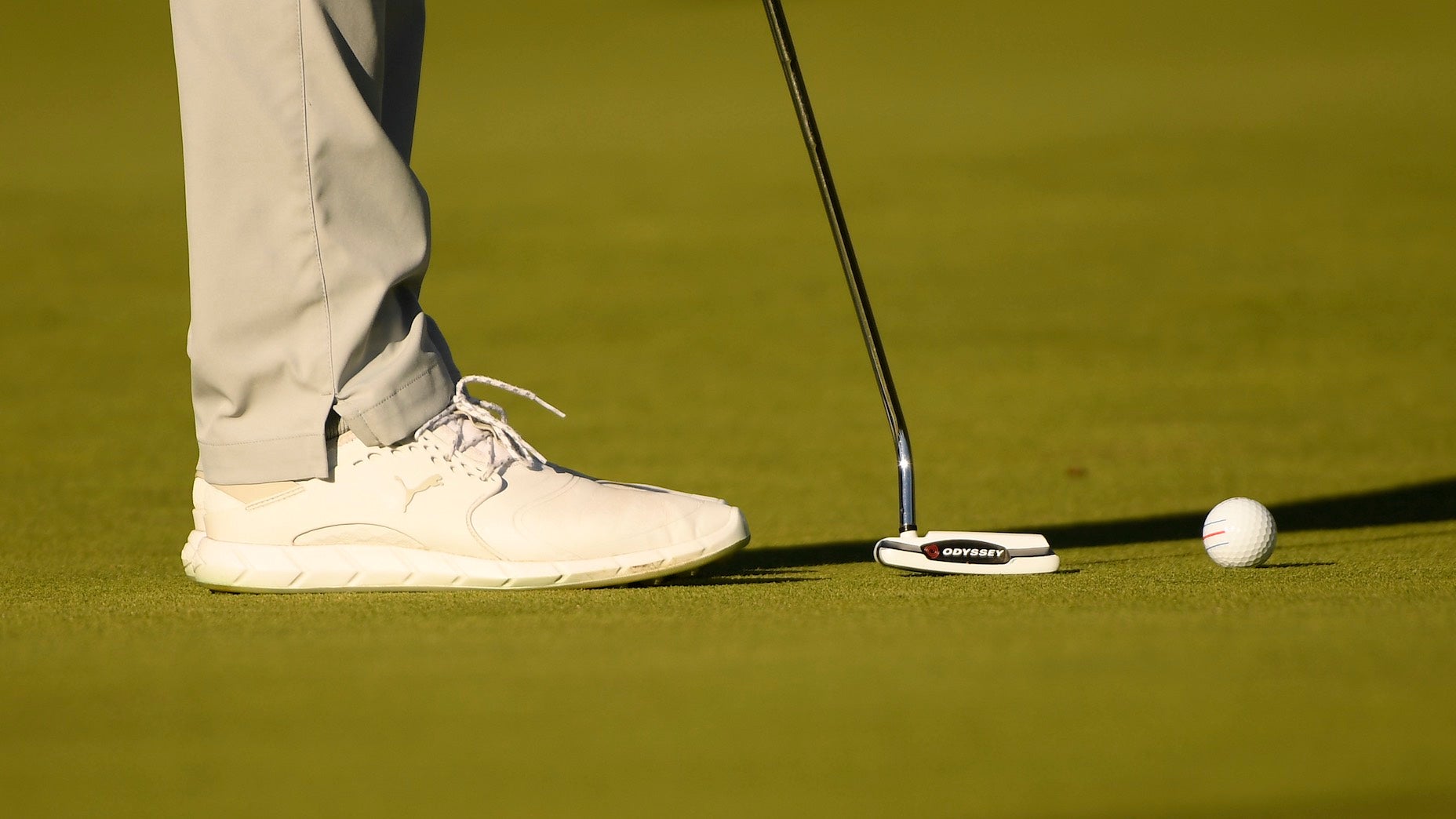
I’m a big proponent of testing new equipment with the ball you typically play — and that includes the putter.
If the ball you’re rolling putts with during a testing session is noticeably firmer or softer than the ball you typically play, it’s going to produce a different feel and acoustics. Not to mention it could affect how far the ball rolls out.
The little things matter, especially when it comes to the putter. Before booking a fitting or trip to the local golf shop, make sure you have a sleeve or two of your favorite ball on hand to see how it performs with the different milled faces and inserts you try out. It’s a small thing, but it’s definitely an important part of landing a putter that not only looks good but performs as well.
What are you looking at?
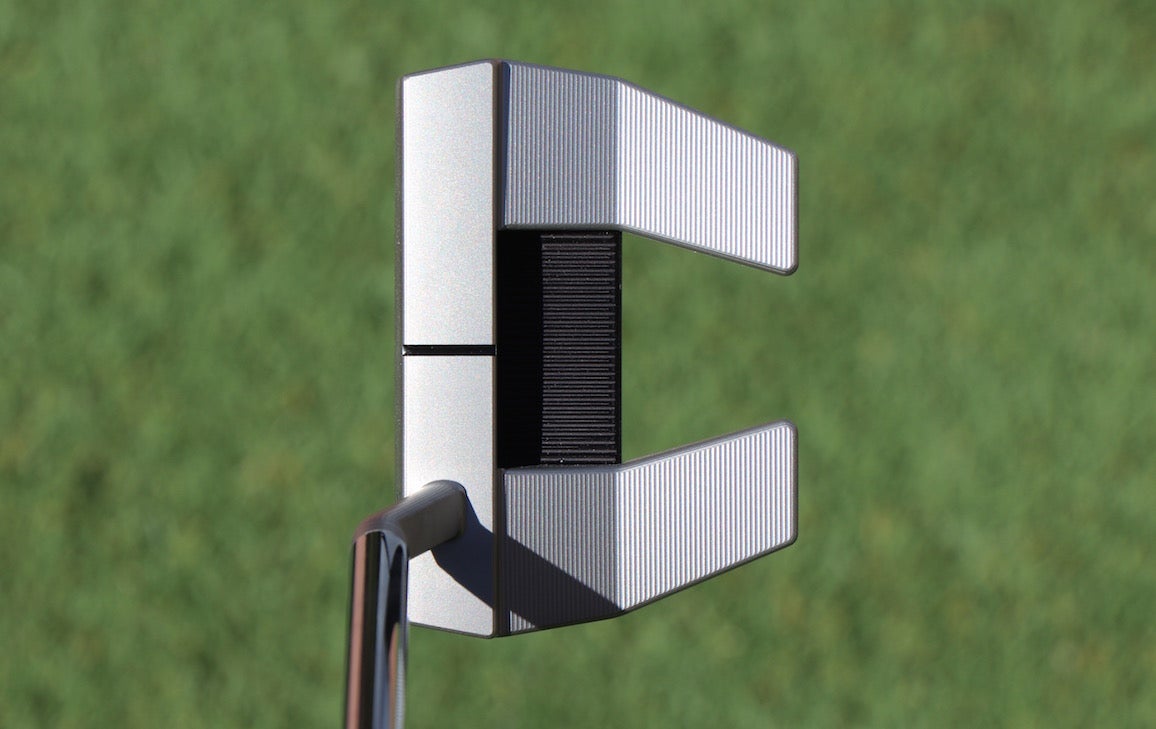
Jason Day prefers a putter with no line on top to free up his mind and place more of an emphasis on feel. For Jordan Spieth, it’s a small line on the topline that gets him in a good headspace over a putt. Others prefer to mix it up and alternate between long lines, dots and dashes.
Putters are personal, and that includes the alignment aid. Placing a dot or line on the putter that gives you confidence can help you hole more putts by increasing your chances of matching up the line and speed. Do those two things consistently well and you’ll be picking the ball out of the cup on those 10-footers more often than not.
Want to overhaul your bag for 2022? Find a fitting location near you at GOLF’s affiliate company True Spec Golf. For more on the latest gear news and information, check out our latest Fully Equipped podcast below.


